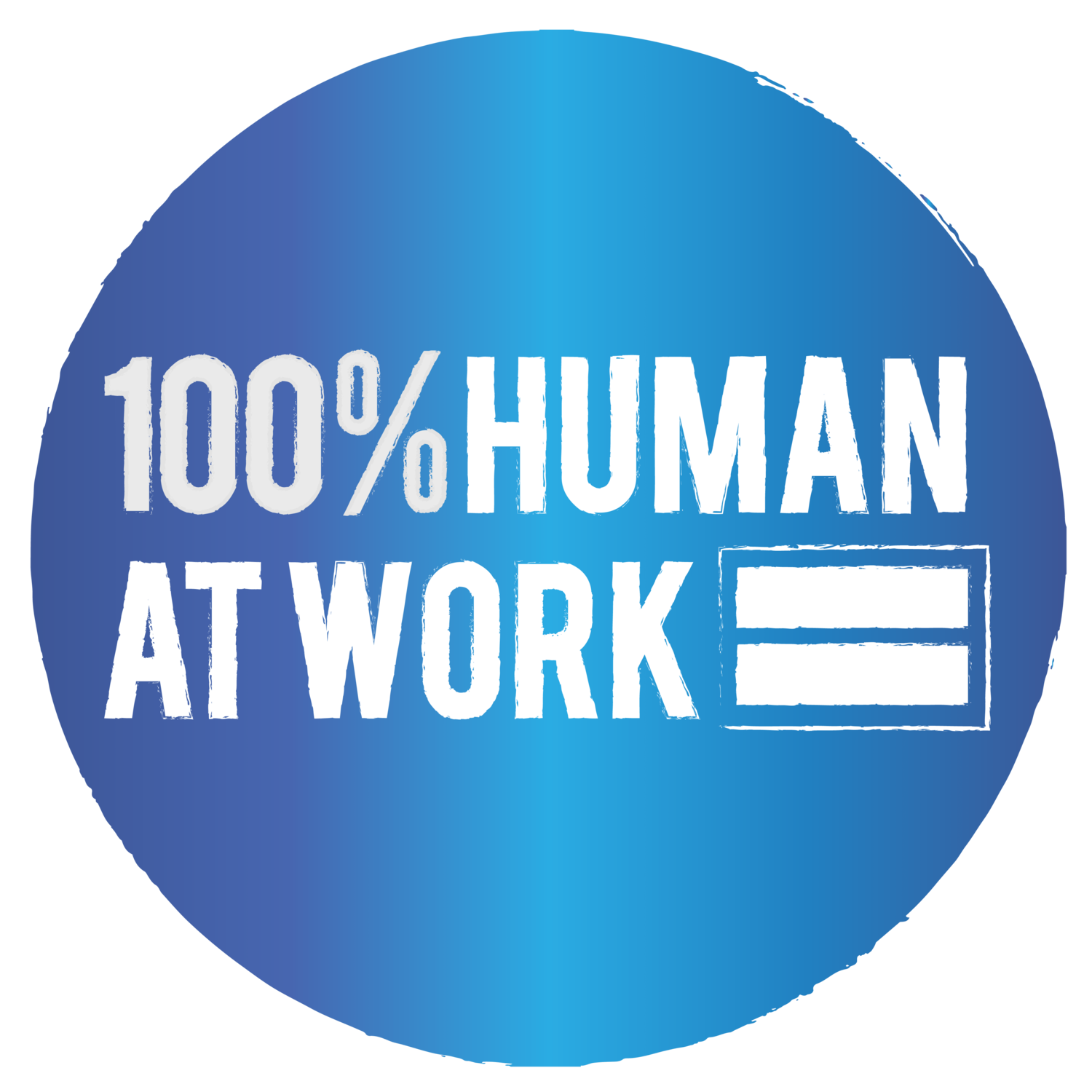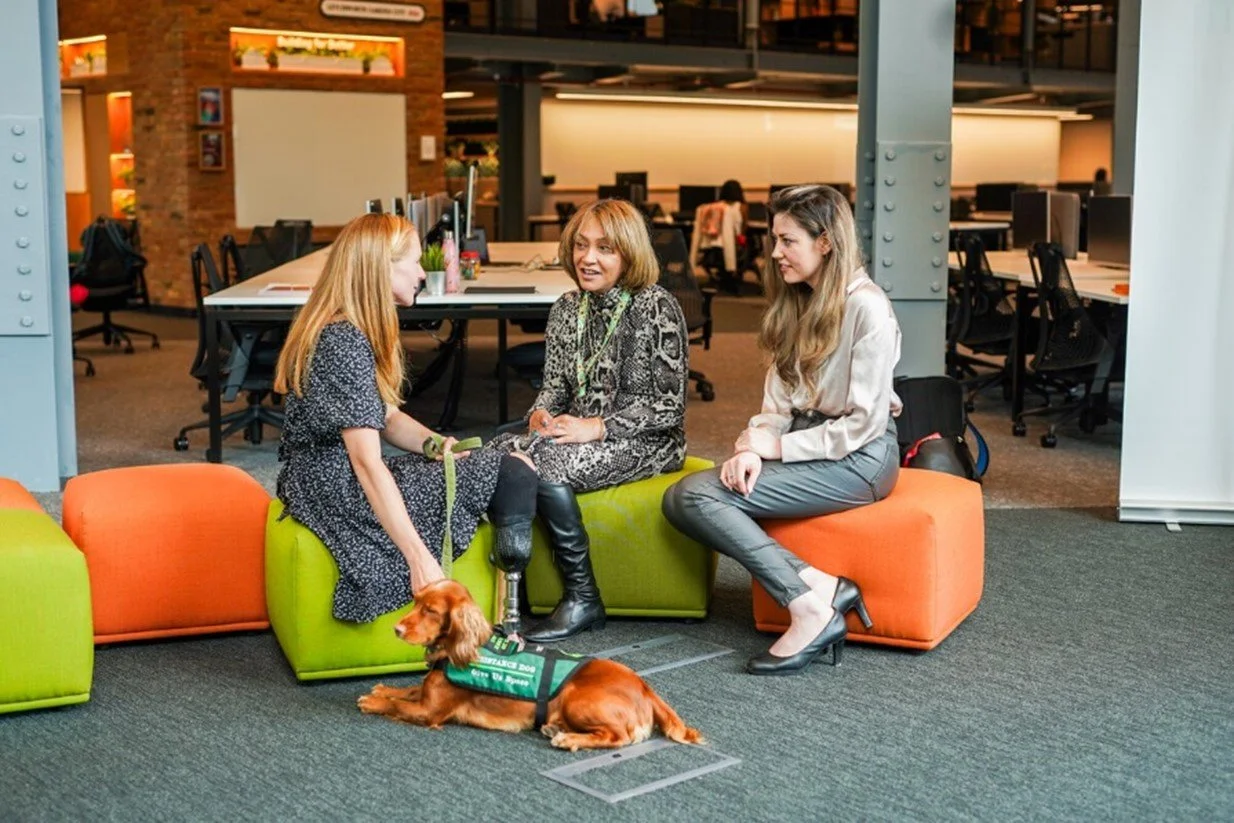How we can transform the experiences of disabled employees and customers
By Diane Lightfoot, CEO, Business Disability Forum
Disability is still the area of D,E & I that is too often the poor relation – it is often forgotten or parked in the “too difficult” box.
But it really doesn’t have to be and there are some really simple things that businesses can do to transform the experiences of their disabled employees and customers too. This is really important; it’s estimated that 24% of the population has a disability and given that up to 80% of disabilities are not immediately visible, I always say to businesses that you almost certainly already employ many more disabled people than you realise!
So, what does disability inclusion best practice look like?
A culture of psychological safety
Creating a culture of psychological safety – i.e. where people feel safe to tell you that they have a disability or long-term condition – is key. Too often people are afraid that they will be treated differently if they share a disability and so don’t ask for the support they need. Role modelling and storytelling can go a long way here. What we see and experience in our workplaces can help to support or undermine this and this is significant for every area of our organisations from communications right through to the composition of the senior team.
Research from Business Disability Forum’s recent ‘Changing the image of disability’ campaign found that 1 in 6 disabled people had not seen disability represented in any visual content they had seen in the last 6 months. At the same time, less than a quarter of disabled people felt that the images they had seen reflected their own experiences of disability. Think about the images that your organisation uses in its staff newsletters, on its website or in recruitment advertising. Would disabled people recognise themselves there? Getting your comms right can be a gamechanger. One disabled focus group member told us “Being able to relate to what you see. This goes a long way to helping you feel less “othered”, that this is normal.”
The role of senior leaders
Senior leaders can also play a significant role. It is especially powerful when senior leaders share their personal experiences. Whether we like it or not, what senior leaders do and say has disproportionate impact in signalling what matters round here. But the impact that goes with having a big platform can also feel high risk and so often the senior leaders I speak to are afraid of getting it wrong. Giving them the tools and the right language to share their own story is hugely important.
Seeing someone like me at senior level is also key to career aspiration and progression for disabled people. If senior people who have a long-term condition hide it then the perception endures that to succeed means not having a disability. Of course that hiding it can come from a place of fear, even at a senior level – many very senior people who have shared a disability at later stages of their career have concealed it for a long time and still fear stigma or judgement when they “come out”. Others fear their story “doesn’t count” and that can feed into an unhealthy hierarchy around disability – a disability “top trumps” if you like when actually every story counts. I often share my own long term health condition with others, not because I feel “disabled” by it (or at least not most of the time) but because it gives others permission to share their story too.
Colleagues chatting in workplace with assistance dog. Photography: Business Disability Forum.
Supporting words with actions
Of course, words need to be accompanied by action. The say /do gap can be very powerful in again signalling what’s expected round here. When we were talking to disabled people as part of our Great Big Workplace Adjustments Survey last year, many people said that they didn’t think they could or would want to progress in their organisation as they perceived senior roles to be too pressurised with no down time – a big issue for people managing fatigue or pain for example. Something as simple as never seeing your boss eat (or take a break to do so) was cited by some, leading us to consider starting a campaign for leaders to #JustHaveASandwich!
Broader action is also needed to underpin cultural change and here workplace adjustments are key. The best and most progressive approaches include a centralised budget for adjustments to avoid a line manager “post code lottery” and trust-based approaches that allow people to self-serve and order the kit or equipment that they need.
It’s about a change in mindset: moving from why to why not? From why should I do this for you to why wouldn’t I give you the tools they need to do the best possible job for us? Ultimately, this is about enabling people to feel safe and to thrive and be 100% Human at Work.

